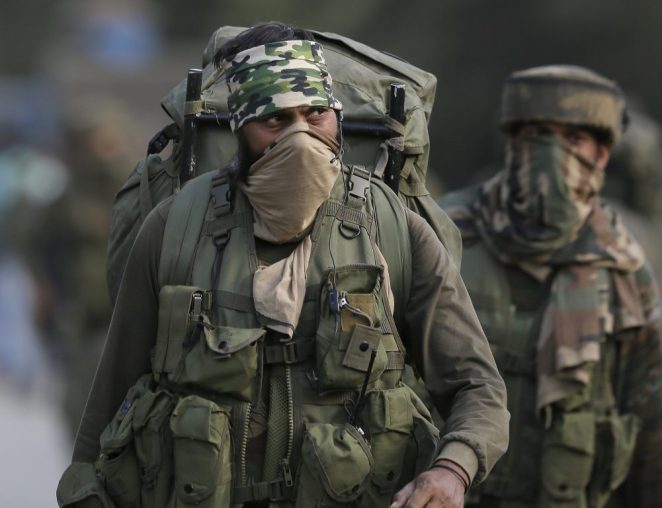Following a savage clash in the Sino-Indian border, thousands of Chinese and Indian troops have been in a standoff within the Ladakh region, high within the Himalayas.
On June 6, the two countries reached an agreement to de-escalate by the mutual withdrawal of troops from the Galwan Valley. That agreement went dramatically wrong on June 15 when a melee clash, between the two countries, erupted. Indian army officials reported that 20 Indians died in the clash. China’s government and media have not provided casualty figures for Chinese troops, but unconfirmed Indian media reports indicated that 40 Chinese were killed.
An Indian Federal Minister stated that the two nuclear-armed countries remained over the weekend locked in a confrontation on the frontline.
The heightened tensions between the world’s two most populous countries have naturally drawn international concerns. The United Nations are urging both sides “to exercise maximum restraint.”
Following the clash, both the Chinese and Indian foreign ministers agreed to avoid actions that may escalate the conflict. Indian Prime Minister, Narendra Modi, emphasized during a television address that “India wants peace.” And he continued, “but if provoked India is capable of giving a befitting reply.”
New Delhi and Beijing have very different views of what happened on the night of June 15. India stated that “it reflected an intent to change the facts on the ground in violation of all our agreements to not change the status quo.”
Contradicting that, Chinese Foreign Ministry spokesperson, Hua Chunying, said in a tweet that “Indian front-line troops broke the consensus and crossed the Line of Actual Control [LAC], deliberately provoking and attacking Chinese officers and soldiers, thus triggering fierce physical conflicts and causing casualties.”
There is no clear reason why tensions have escalated now to their worst point in decades. There are a number of explanations circulating within the Indian and international media. According to some, China was unhappy with India’s actions, in August 2019, to terminate Jammu and Kashmir’s traditional autonomy. This, it is argued, was seen as a challenge to China’s strategic position. Another potential explanation is that China dislikes India’s drawing closer to the U.S. and its allies in Asia. Finally, some propound that China sought to distract attention from its part in the global pandemic and therefore may have deployed more troops to the region on purpose.
Despite long-standing border tensions, the two countries do enjoy significant cooperation through a number of multilateral organizations. Among them, the BRICS bloc, comprised of Brazil, Russia, India, China, and South Africa; the Asian Infrastructure Investment Bank (AIIB), in which India is the second-largest capital contributor; the New Development Bank; and the Shanghai Cooperation Organization, which India recently joined. These organizations have all been arenas for cooperation despite the two countries’ ongoing security competition. But with escalating security tensions, New Delhi may reexamine its level of interaction with China in other areas.
India may begin to form more partnerships, recognizing that unilaterally it will not be possible to take care of itself in the long term. Although India is not technically in a military alliance with the U.S., it does have a close strategic and military relationship with many of the major powers. The countries considered India’s closest partners include Russian, Israel, Afghanistan, France, Bhutan, and Bangladesh.
Yet, in the current situation, which of the two countries should the U.S. back? This is not an easy question to answer.
Already have an account? Sign In
Two ways to continue to read this article.
Subscribe
$1.99
every 4 weeks
- Unlimited access to all articles
- Support independent journalism
- Ad-free reading experience
Subscribe Now
Recurring Monthly. Cancel Anytime.
Backing India seems problematic. Firstly, the U.S. is economically tightly linked to China. In 2018 the U.S. imported roughly 500 billion dollars of goods and services from China. (The economic agreement signed in 1979 is still going strong.) China also owns more than a trillion dollars of U.S. debt. Additionally, with China having ties to both North Korea and Russia, it would not make sense at all for the U.S. to back India as it would have nothing to gain and only antagonize China.
On the other hand, backing China, in my opinion, would be perceived by India as two of the largest economies pushing on it and will, likewise, antagonize India for no real reason. And the fact that both India and China have nuclear capabilities makes the situation even more fragile. Therefore, I predict that the U.S. will stay as far out of the India-China conflict as possible.









